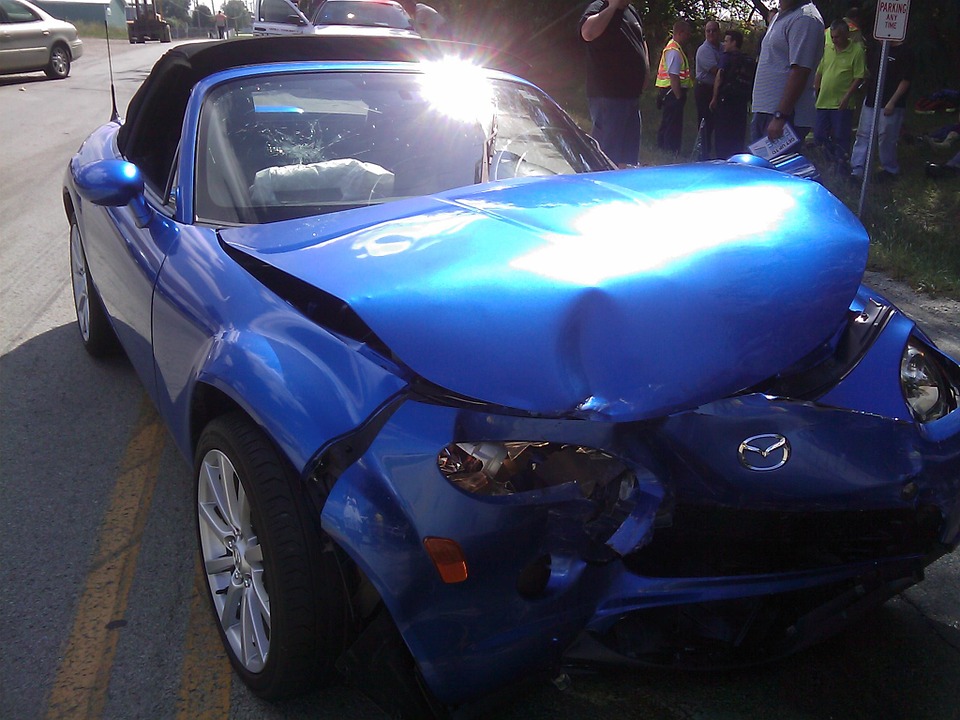Understanding Whiplash Injuries in Texarkana
A huge literature review of the causes, outcome, and prevention of Whiplash Injuries discovered some interesting facts about injuries from automobile accidents.
Let’s look at 7 interesting and counter-intuitive items from the whiplash injury article.
1. Injuries occur at lower speeds.
In fact check this out…
“Most cases occur as the result of rear-end vehicle collisions at speeds of less than 14 mph.”
About 90% of all accidents occur at speeds of 14 mph or less.
Interesting that most of the injuries to people happen at lower speeds.
Many people believe that impacts of this speed would not cause as many serious injuries.
2. Whiplash injuries can cause many different symptoms in different areas of your body.
“Patients present with neck pain and stiffness, occipital headache, thoracolumbar back pain and upper-limb pain and paraesthesia.”
This speaks to the wide array of symptoms and injuries related to a crash.
Neck pain and stiffness certainly appear to be the most common symptoms but all of these symptoms listed above are also very common after the collision.
Specifically, here is what the authors reported (direct quote)…
Symptoms
The most common symptoms are neck pain and stiffness, occipital headache, thoracolumbar back pain and paraesthesia of the upper limb.
Between 5% and 9% of patients develop subacromial impingement syndrome and 38% describe irritation of the brachial plexus.
Again, very high numbers reported here with 5-9% suffering a shoulder impingement.
38% of those injured with symptoms related to the brachial plexus nerves.
3. A large number of people don’t fully recover and many end up disabled from their injuries.
“Over 66% make a full recovery and 2% are permanently disabled.”
This means that 1/3 of injured people do not fully recover.
Amazingly, 2% become permanently disabled from their injuries.
These are very big numbers considering the number of accidents and the number of people injured in accidents every year.
Every year in the US there are about 5.5 million crashes, over 32,000 fatalities (about 2,000 are children), and more than 2,5 million injuries that go to the ER according to the CDC!
4. Early recovery is important for your long-term outcome.
“The outcome can be predicted in 70% after three months.”
This speaks to the fact that early whiplash treatment can be seen as critically important for recovery.
At 3 months, the injuries are considered chronic and more difficult to heal/recovery is less likely.
After a year, improvement is significantly less likely to occur.
5. However, even early symptomatic recovery does not guarantee a full recovery.
The authors report that 12% of whiplash patients that were asymptomatic 2 months after injury had their symptoms return by 2 years after the injury.
If the individual was asymptomatic at 3 months, then the odds of returning symptoms at 2 years dropped to 7%.
This may be a good reason to continue treatment to the 3 month threshold in many patients, especially if the person is experiencing any symptoms.
The longer that a person remains symptomatic, having pain, the worse their chances of fully recovering from whiplash.
Check out this post on chronic pain if you would like to learn more about chronic pain.
6. You may not feel any and likely won’t feel all of the symptoms from injury right after the accident.
Pain often occurs within the first 24 hours, but in about 10% of cases it occurs later.
Other symptoms commonly begin later, this was particularly true for upper extremity symptoms and weakness.
7. The authors reported on a number of other factors that effected the degree of injury and recovery.
Interesting that they found one thing did not correlate was whether or not there was litigation associated with the injury.
Taken directly from the article,
“The view that a claimants’ symptoms will improve once litigation has finished has long been suggested by psychiatrists but is unsupported by the literature.“
If you have been injured in an accident in the Texarkana area, we suggest calling our office.
Dr. Hagebusch has been treating whiplash and other motor vehicle accident related injuries for over 20 years and has helped thousand’s of people get better with Chiropractic Care.
We’re here to help!
References
Whiplash Injury. Journal of Bone and Joint Surgery (British). July 2009, Vol. 91B, no. 7, pp. 845-850
G. Bannister, R. Amirfeyz, S. Kelley, M. Gargan https://online.boneandjoint.org.uk/doi/full/10.1302/0301-620X.91B7.22639
https://www.cdc.gov/vitalsigns/crash-injuries/index.html
 Protected by Patchstack
Protected by Patchstack
Leave a Reply